This is a long overdue update to the Chickpea Tofu I posted around one year ago. Ever since starting to make tofu out of different legumes (for instance, green peas, red lentils or black beans), I’ve been bothered by the amount of leftover chickpea pulp that you get after straining the blended chickpeas.
Sure, you can use the pulp to thicken stews and soups or mix it into breads like this Sourdough Rye. But really, I was hopeful for a method that would avoid the pulp altogether so that the legumes retain all of their nutritional benefits. After some testing, I was finally able to tweak the recipe to a point where it doesn’t involve any straining at all. Plus, it’s an easy way to flavour the tofu in any way you like.
If you are new to this type of tofu, let me rewind a little bit. This is not the traditional type of Chinese tofu, which is made by curdling soy milk and pressing the curds into a firm block. Instead, it is similar to Burmese tofu, a common dish from the Shan minority in Burma (Myanmar) that is traditionally made with flour from split yellow lentils or chickpeas.
With Burmese tofu, the liquid is heated until it begins to coagulate and is then left to set into a soft block. Because of the difference in texture, you can’t use Burmese tofu as a substitute for firm soybean tofu, as it is rather delicate and might not withstand much stir-frying or longer cooking times in liquids. I prefer cutting it into cubes and shallow frying them with a bit of salt until golden brown on each side. They can then be coated in your favourite sauce or spices and used to top off dishes or served as a side.
Although Burmese tofu is commonly made with chickpea flour, you can, in essence, use any dried legume and apply the same method by soaking and blending them. IMPORTANT: Raw legumes, especially certain beans, are not safe to consume, because they contain natural toxins as a defence mechanism against wild predators. For most beans, the cooking time in this recipe is NOT enough to break down the toxins. Either use chickpeas like in this recipe, or follow my tips HERE to use any legume. Always make sure that your tofu has set properly, otherwise, start over instead of eating it anyway.
Most legumes are high in protein (around 20%). By extracting and heating them, you can change the protein bonds, causing them to firm up. Most of us have already experienced this process before when boiling an egg, turning the white from translucent to firm. Although this works with any dried legume (peas, lentils, beans…), it’s slightly different with soybeans, which are even higher in protein (around 40%) and therefore begin to curdle when heated in the form of soy milk-like in this recipe.
One of my favourite ways to use Burmese tofu is to be inspired by other cultures who have long adapted the use of chickpea flour into creations like Panisse or panelle. If you’d like to try other legumes, try my green lentil, red lentil or <strongblack bean tofu.
makes 200g
Ingredients
-
100g dried chickpeas
-
10g ginger
-
1 green chilli
-
1/4 tsp turmeric
Method
Soak the chickpeas in plenty of water overnight or for at least 8 hours.
The next day, drain the chickpeas and add them to the jug of a high-speed blender (I use my Vitamix) together with the ginger (you can keep the skin on), green chilli (just trim the stem) and 250 ml of water. Then blend for 1 minute on high speed until smooth.
Pour the mixture into a non-stick frying pan and stir in the turmeric and 1/2 tsp of salt. Bring it to a simmer, then reduce the heat and cook it for 2 to 5 minutes, stirring it constantly with a spatula. The starches will sink to the bottom and stick, so you must keep stirring to avoid that from happening. Continue cooking until it has formed into a thick paste that doesn’t level out in the pan anymore and holds on to the spatula. If it’s still runny, just cook it a little longer. Once ready, transfer the mixture to a mould and let it set for an hour (ideally in the fridge) before using.
Storage: Keep refrigerated for 2-3 days.
**I receive a small commission from affiliate links on this page**

Ginger & Chilli Chickpea Tofu
Ingredients
- 100 g dried chickpeas
- 10 g ginger
- 1 green chilli
- 1/4 tsp turmeric
Instructions
- Soak the chickpeas in plenty of water overnight or for at least 8 hours.
- The next day, drain the chickpeas and add them to the jug of a high-speed blender (I use my Vitamix) together with the ginger (you can keep the skin on), green chilli (just trim the stem) and 250 ml of water. Then blend for 1 minute on high speed until smooth.
- Pour the mixture into a non-stick frying pan and stir in the turmeric and 1/2 tsp of salt. Bring it to a simmer, then reduce the heat and cook it for 2 to 5 minutes, stirring it constantly with a spatula. The starches will sink to the bottom and stick, so you must keep stirring to avoid that from happening. Continue cooking until it has formed into a thick paste that doesn’t level out in the pan anymore and holds on to the spatula. If it’s still runny, just cook it a little longer. Once ready, transfer the mixture to a mould and let it set for an hour (ideally in the fridge) before using.


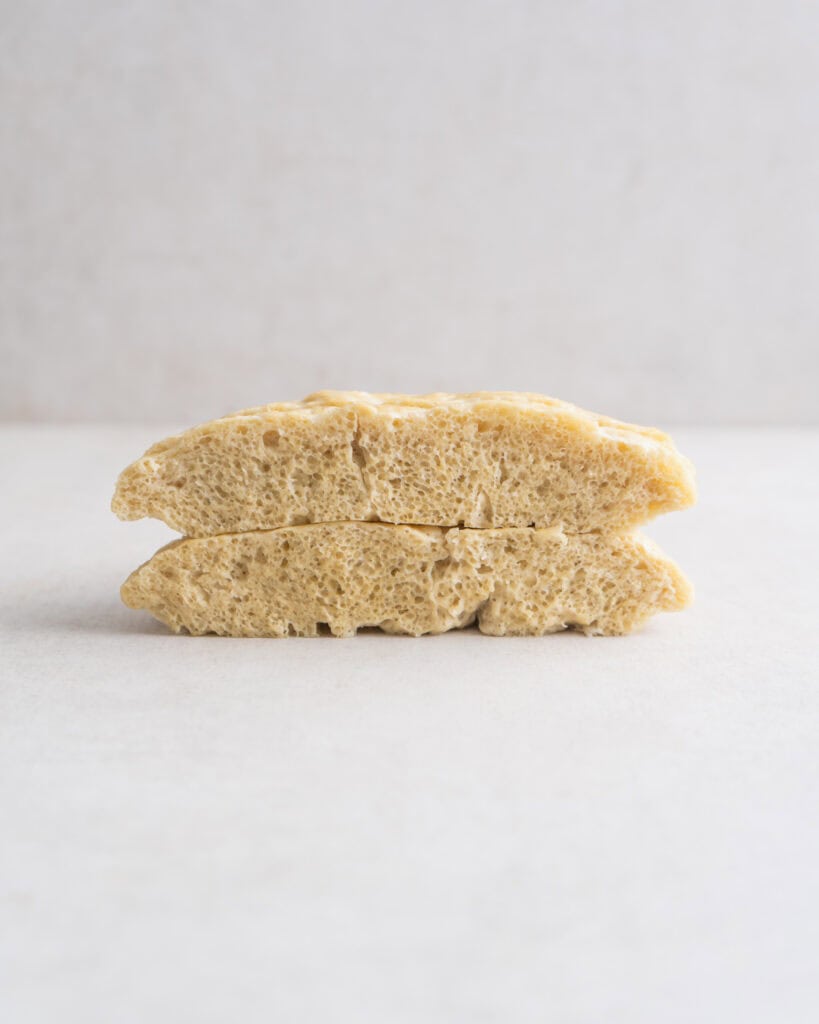
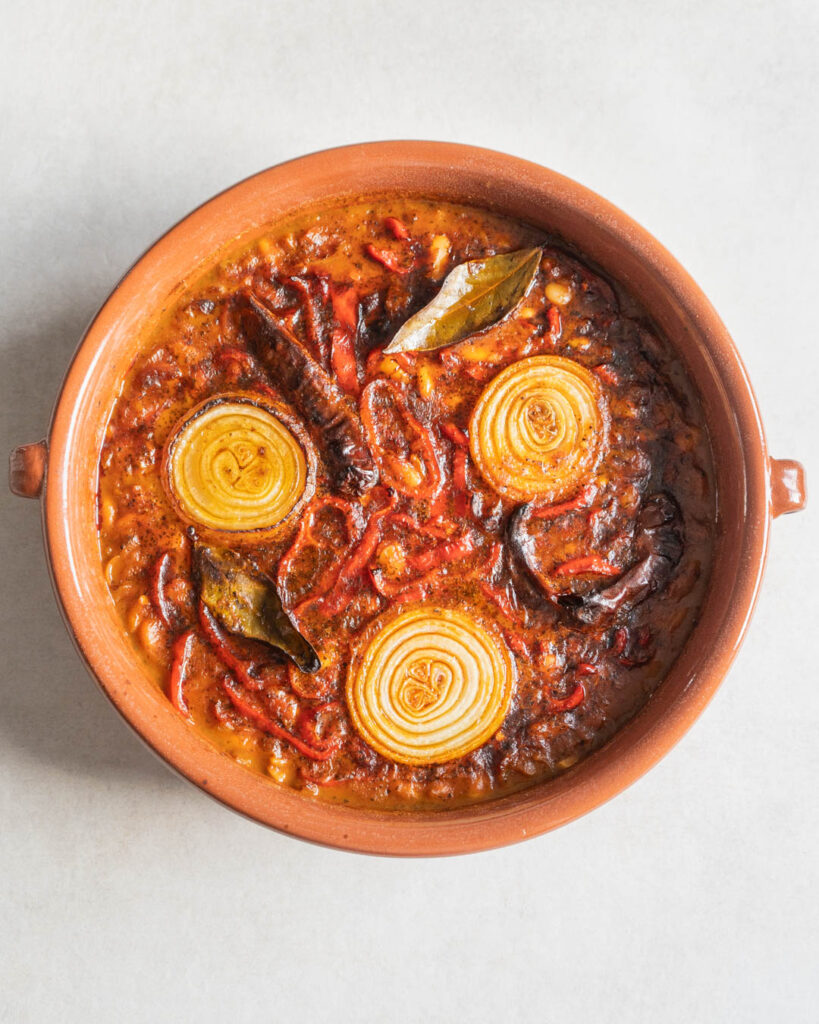
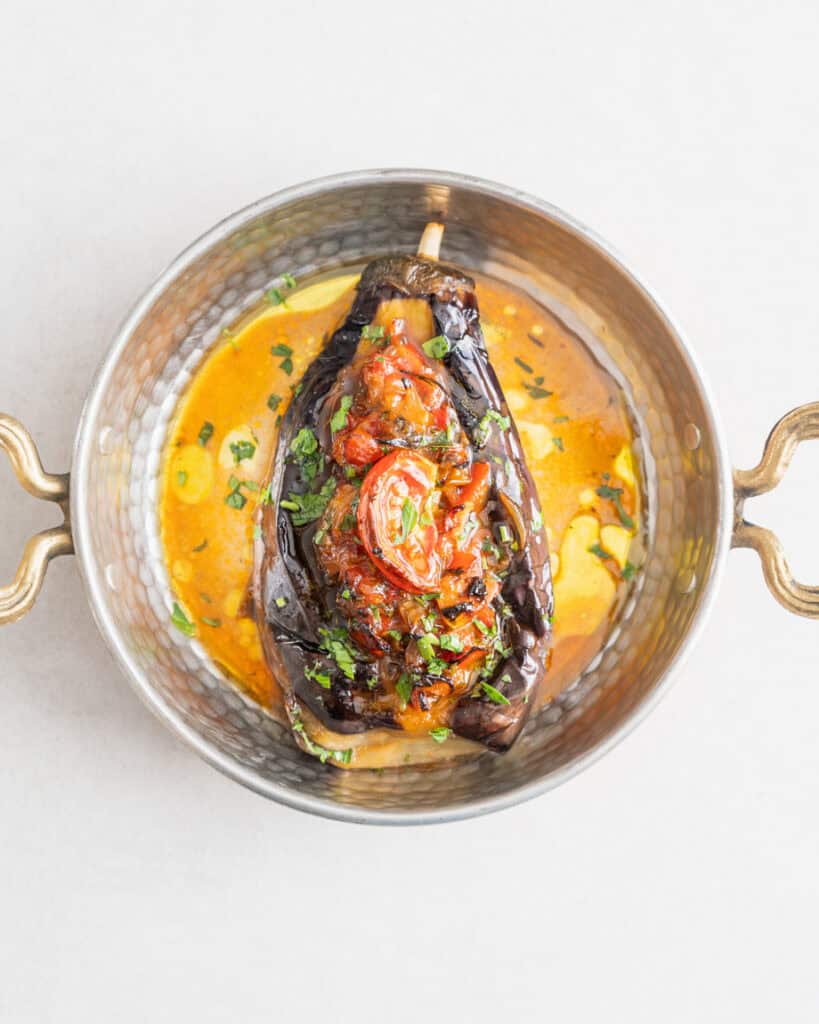
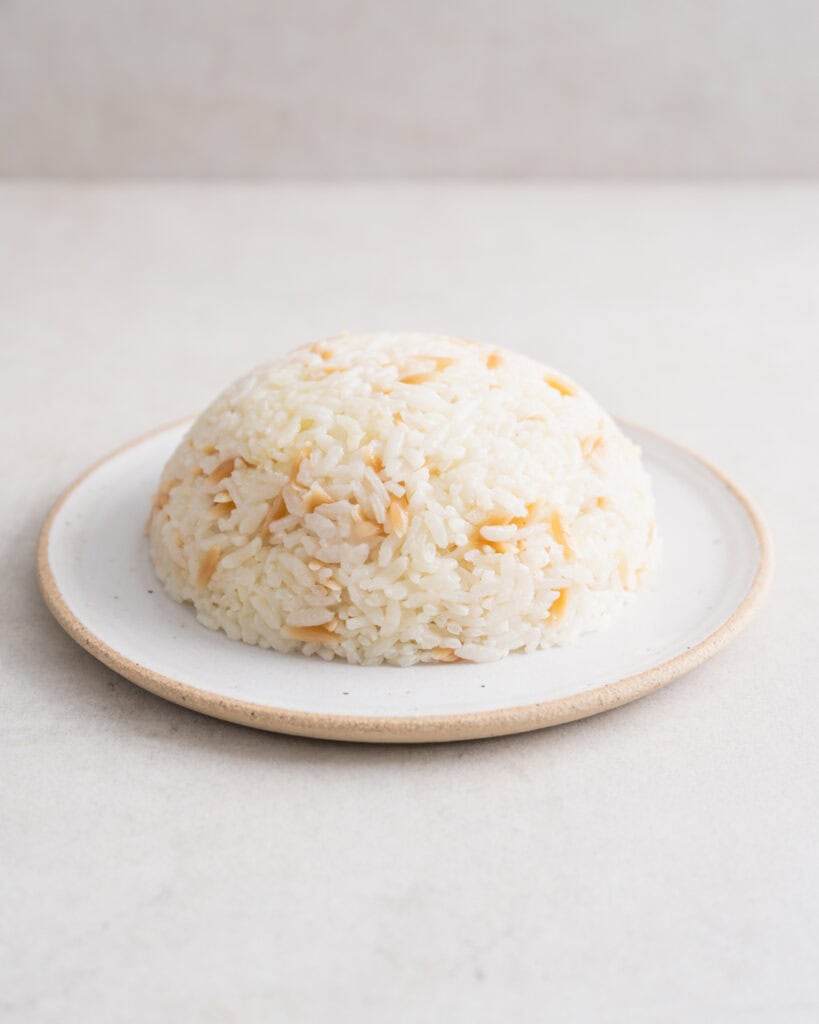
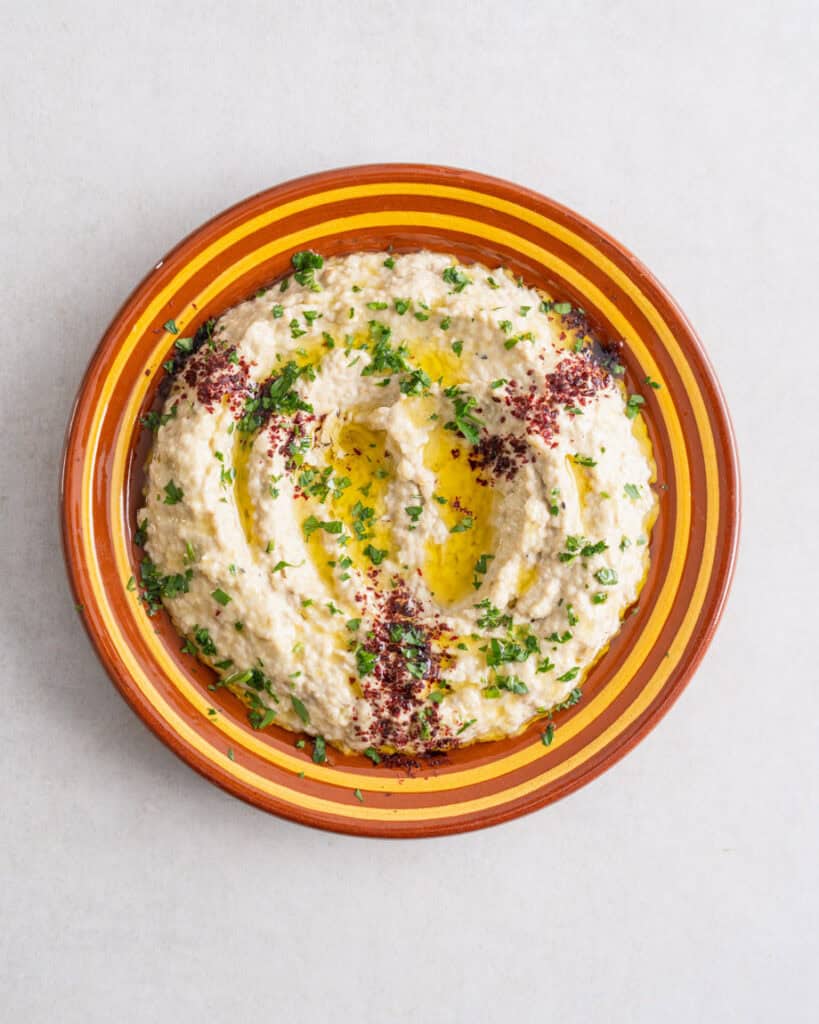



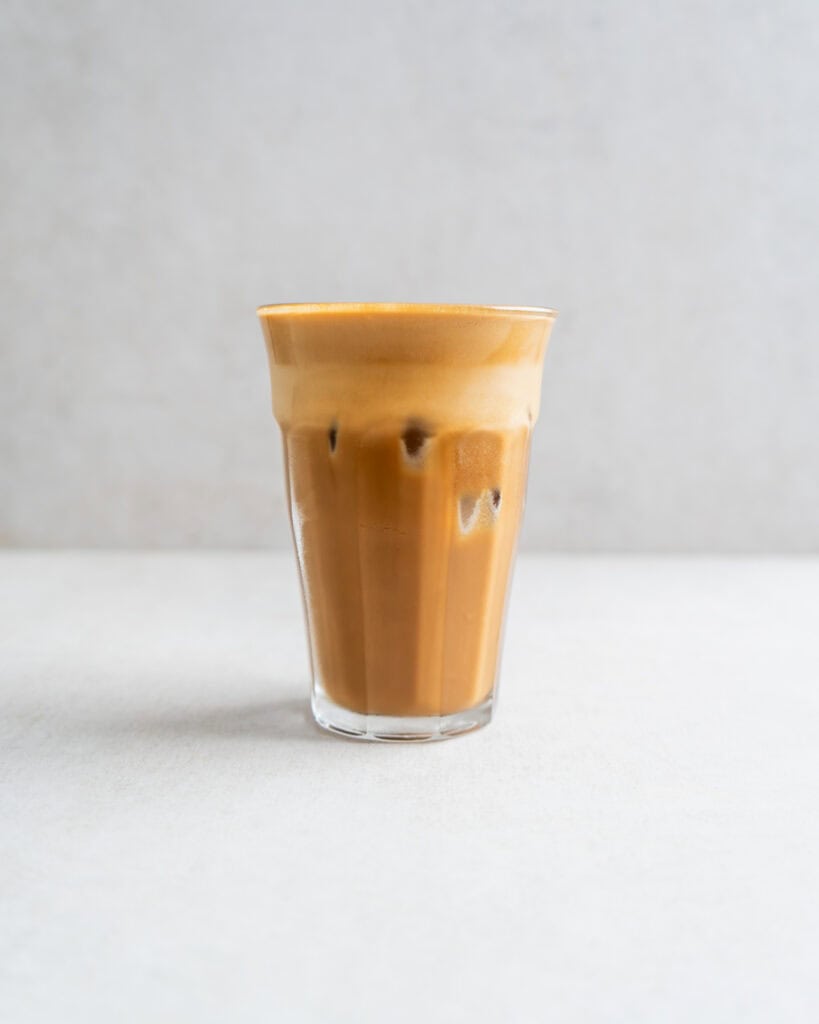
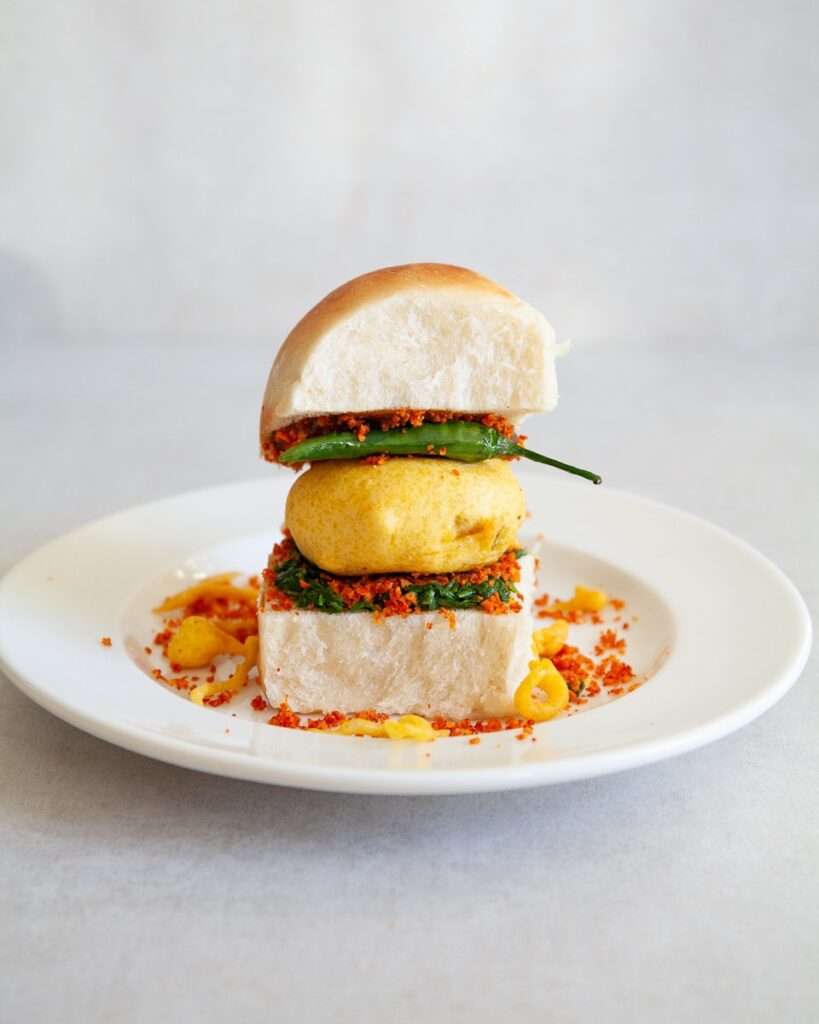
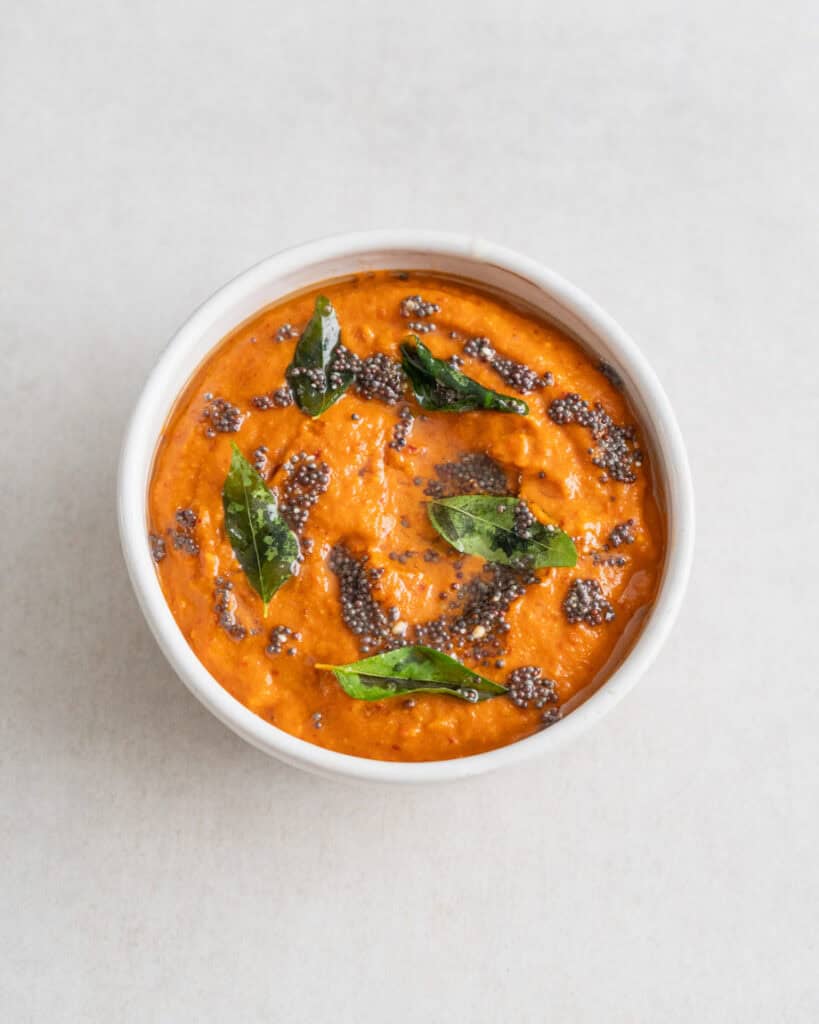
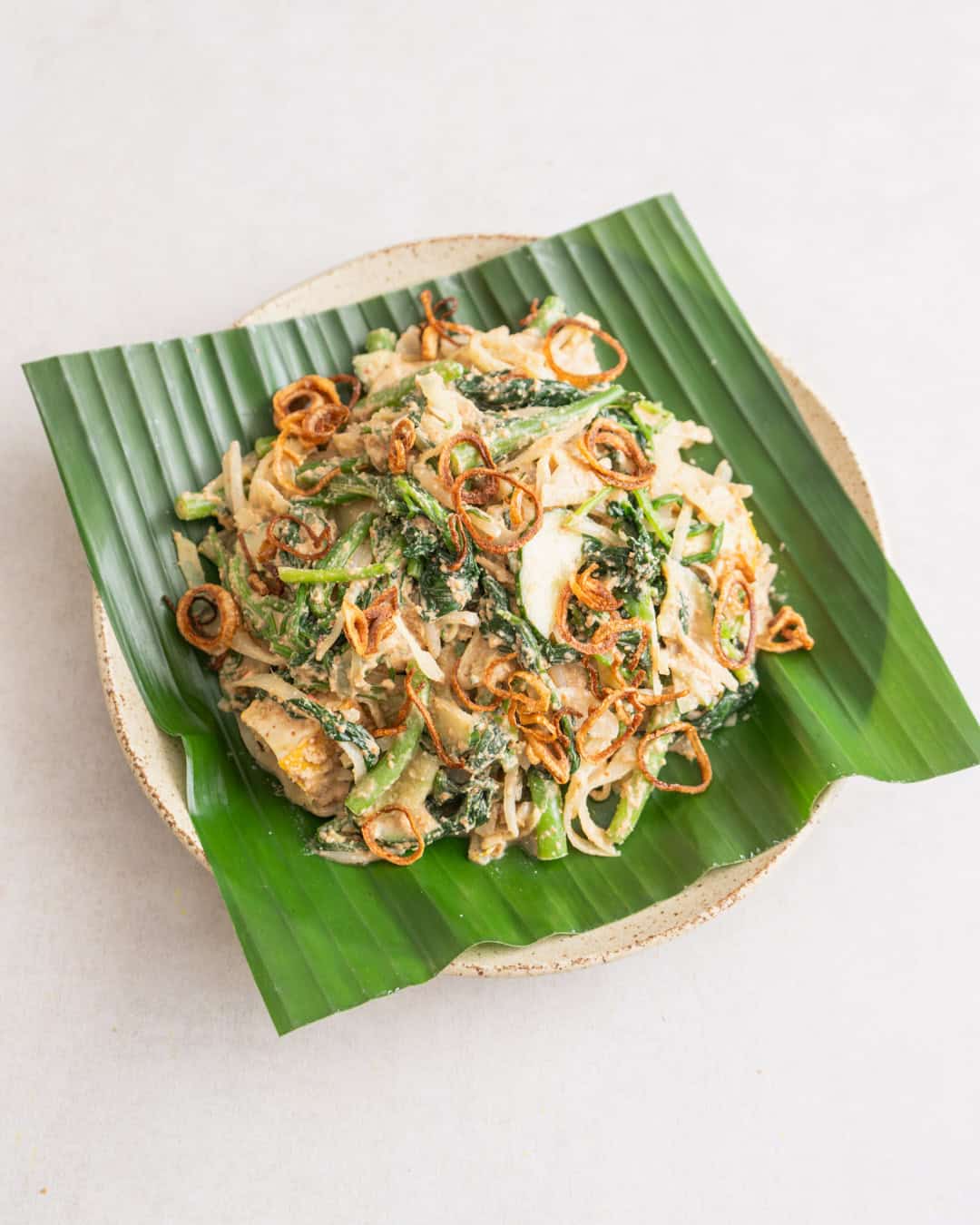
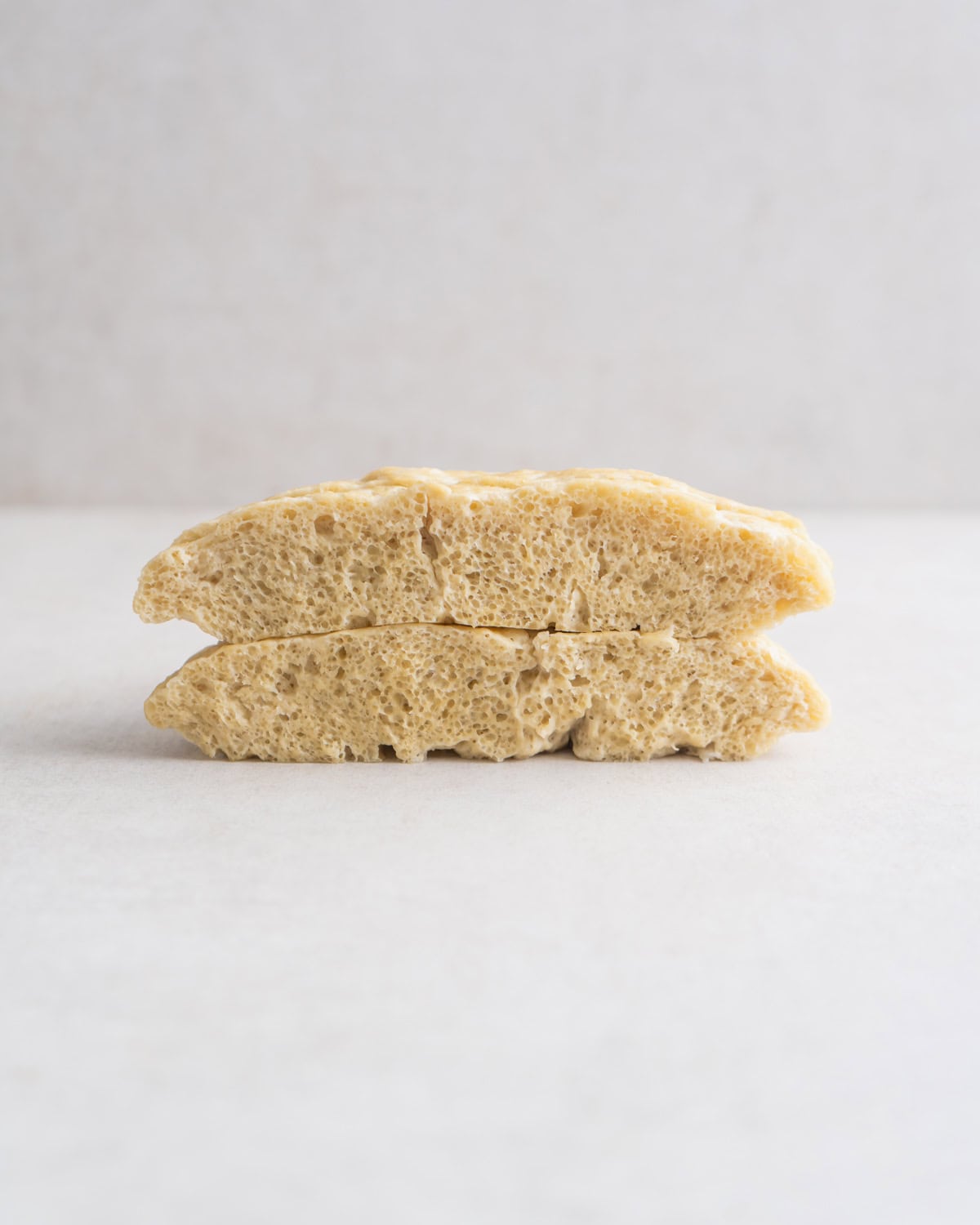
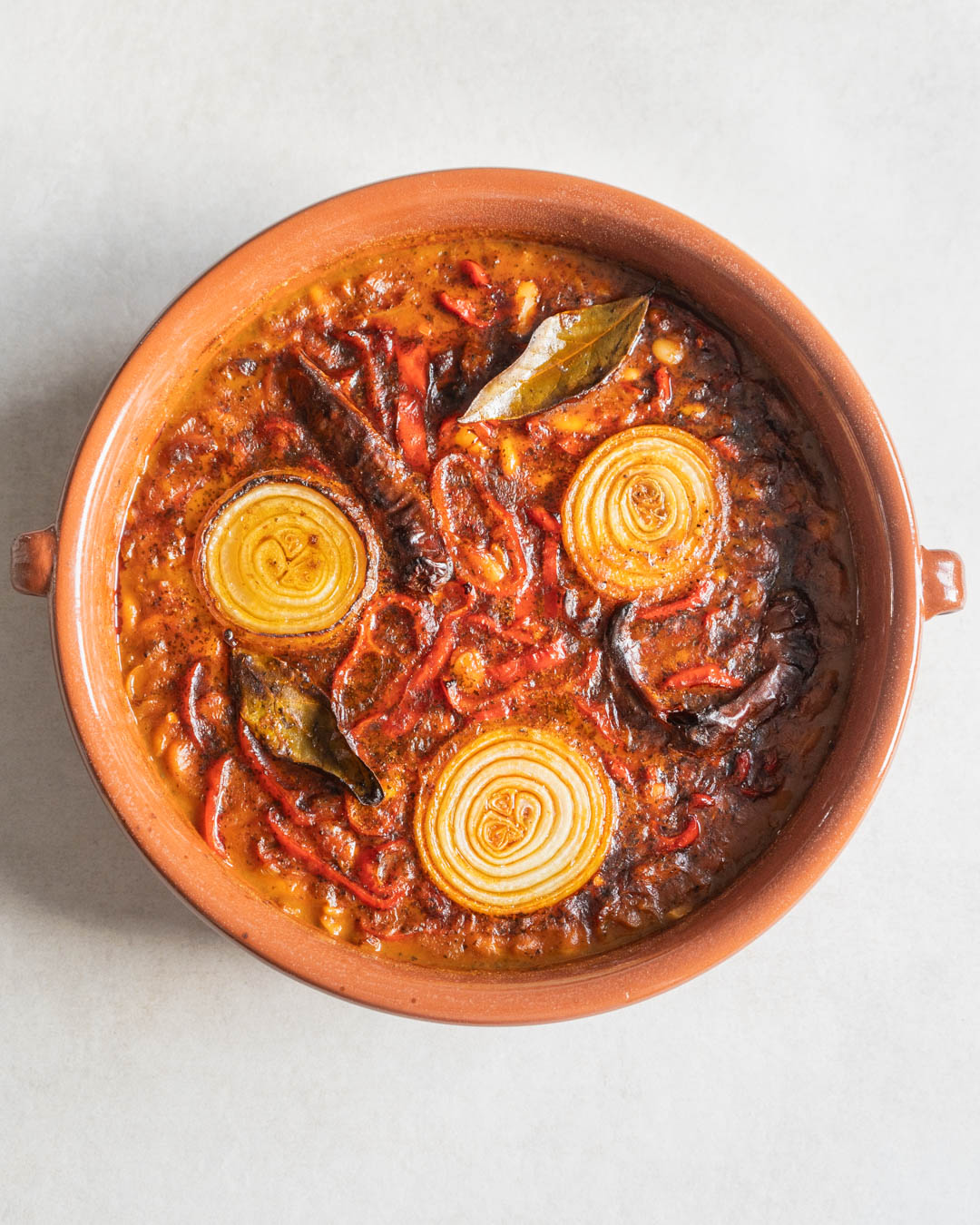
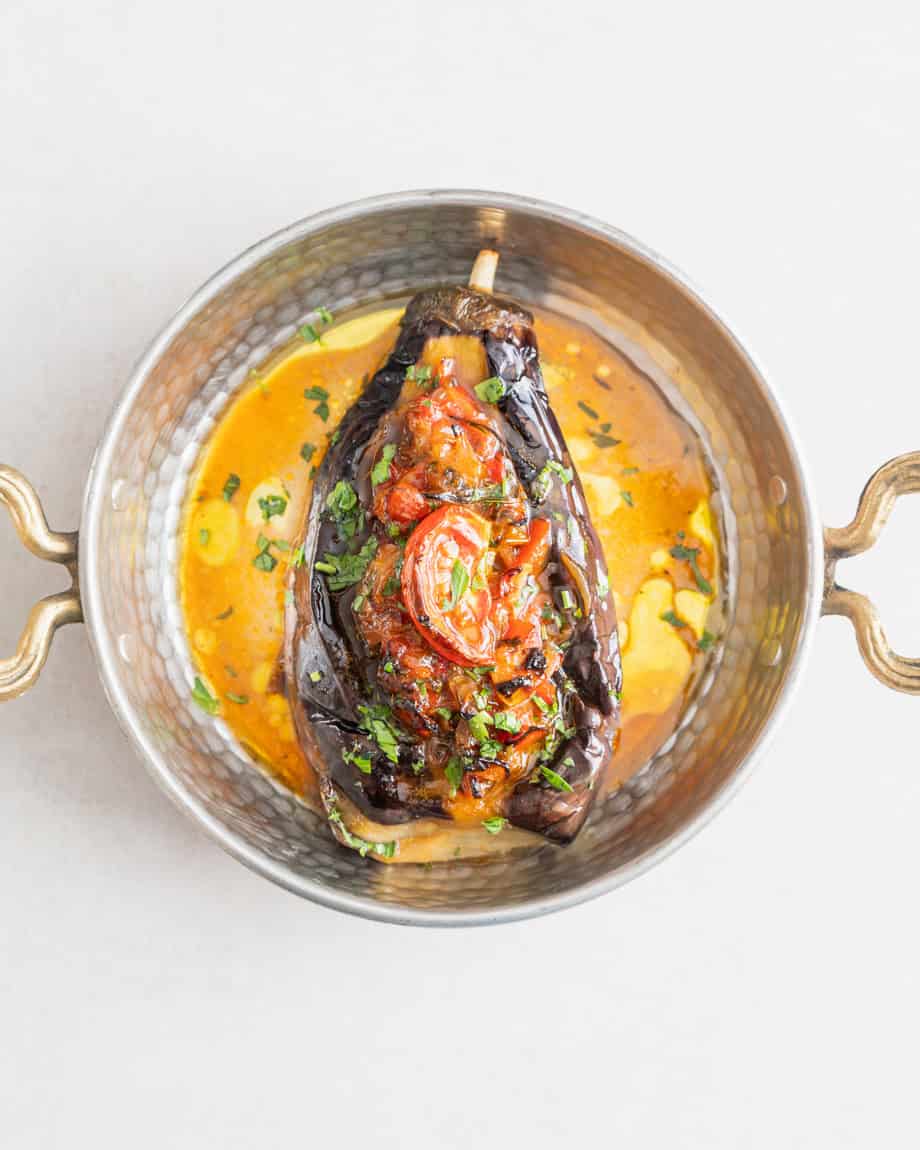

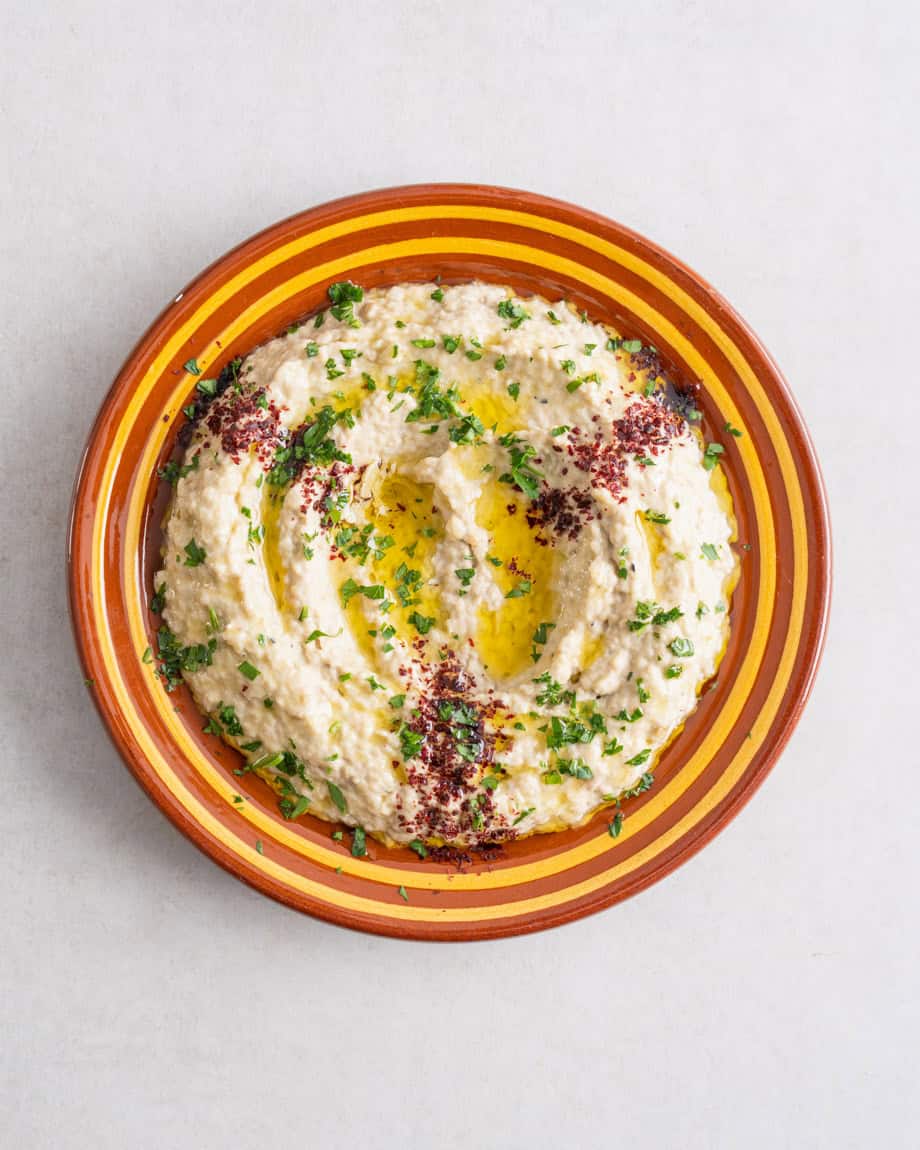
hello Herman,
thanks for your marvellous recipes 😋 your very enthousiastic videos, I love them 😍, for your really nice website 🤩 and for sharing your great looks 🤓
I highly appreciate the possibility your website offers to print out recipes.
two recipes that interest me seem still not prepared to be printed:
1/ Ginger & Chilli Chickpea Tofu
2/ 3 garlic hacks
Maybe your website builder could make those two also available for printing?
Good luck with all your further activities,
Mit freundlichen Grüße aus Belgien,
Thanks for the kind words. I’ll try to get those up 🙂
Would love the Burmese Tofu recipe. Thank you. Huge fan of your cooking.
Will try to upload this soon!
I did this tofu yesterday and I have to admit it turned out to be amazing and from now on its part of my meals, thank you very much 🙂
That’s wonderful news, thanks for the comment!